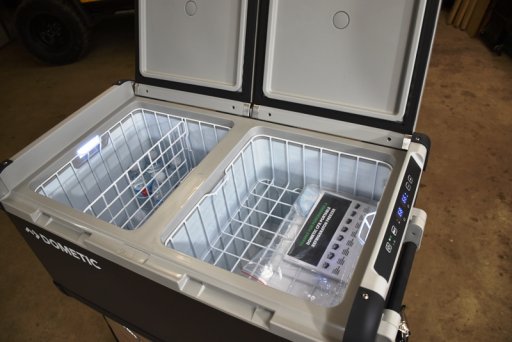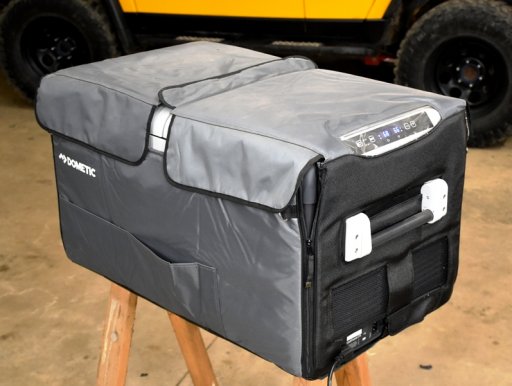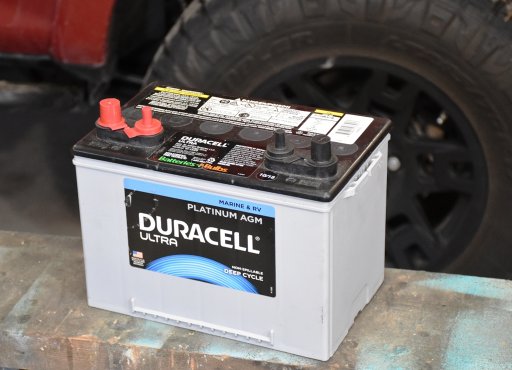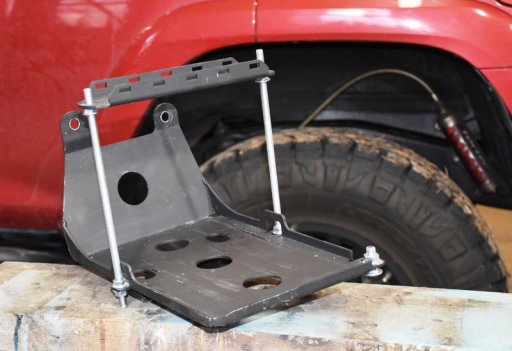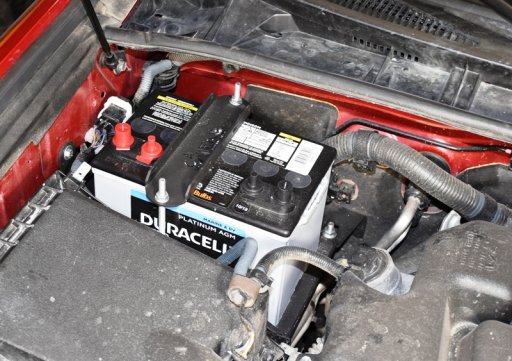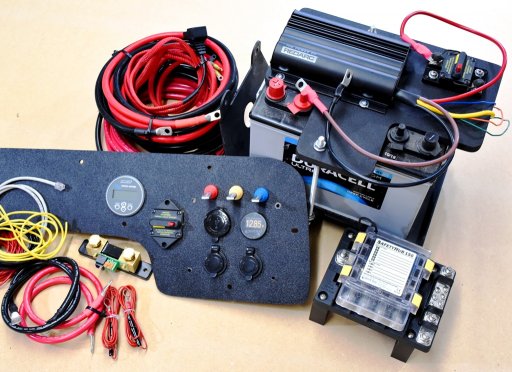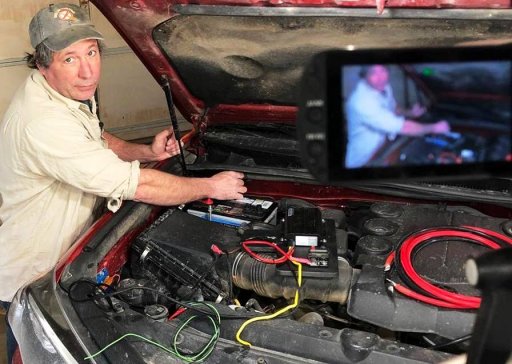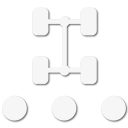I started this thread to chronicle the dual battery system we’re currently putting together. It’s being installed in a ’17 Toyota 4Runner but can easily be adapted to just about any vehicle.
I’ve got some experience in wiring lights and building fuse/relay panels, but for this project I’ve asked for help from a company that specializes in designing and installing dual battery systems. They’re helping with the more technical aspects to make certain everything does what it’s supposed to do, all the parts are compatible with one another, and it performs safely and efficiently.
To begin I’ll list what our needs and wants are from our system.
· Simplicity in design and function. This will reduce the chance of component/part failure and make field repairs simpler.
· Must not jeopardize the starter battery’s charge. We often do solo vehicle trips into very remote places so having juice to start the engine in the morning is paramount. However, the second battery needs to have the capability to perform an emergency jump start via jumper cables in an emergency.
· Posses the most current technology. We don’t want to invest in a system that’s already out of date, obsolete, or will be soon. It also needs to work best and most efficient with our vehicles charging system. Many of the older systems don’t work well with our “smart” alternator.
· Our power needs are fairly typical; a fridge, some low amp LED works lights, and the ability to quickly charge camera batteries. We’ll remain using the starter battery to power auxiliary running lights and the winch.
· The ability to easily add a solar panel to supplement the charging when the engine isn’t running. This we’ll likely be adding at a later date. When we do, we’d like to be able to simply plug the panel in with no need for additional components.
All the pieces of the puzzle have been chosen and placed on order. As things progress I’ll be posting pictures, explaining the reasons why we chose the parts we did, basic specifications, and of course how everything goes together. When it’s all over and done with I’ll be producing a video detailing the actual nuts and bolts of the install.
This is going to be a fun project! Merri and I hope you come along for the ride.
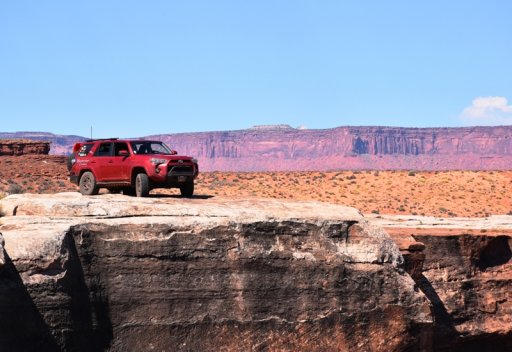
I’ve got some experience in wiring lights and building fuse/relay panels, but for this project I’ve asked for help from a company that specializes in designing and installing dual battery systems. They’re helping with the more technical aspects to make certain everything does what it’s supposed to do, all the parts are compatible with one another, and it performs safely and efficiently.
To begin I’ll list what our needs and wants are from our system.
· Simplicity in design and function. This will reduce the chance of component/part failure and make field repairs simpler.
· Must not jeopardize the starter battery’s charge. We often do solo vehicle trips into very remote places so having juice to start the engine in the morning is paramount. However, the second battery needs to have the capability to perform an emergency jump start via jumper cables in an emergency.
· Posses the most current technology. We don’t want to invest in a system that’s already out of date, obsolete, or will be soon. It also needs to work best and most efficient with our vehicles charging system. Many of the older systems don’t work well with our “smart” alternator.
· Our power needs are fairly typical; a fridge, some low amp LED works lights, and the ability to quickly charge camera batteries. We’ll remain using the starter battery to power auxiliary running lights and the winch.
· The ability to easily add a solar panel to supplement the charging when the engine isn’t running. This we’ll likely be adding at a later date. When we do, we’d like to be able to simply plug the panel in with no need for additional components.
All the pieces of the puzzle have been chosen and placed on order. As things progress I’ll be posting pictures, explaining the reasons why we chose the parts we did, basic specifications, and of course how everything goes together. When it’s all over and done with I’ll be producing a video detailing the actual nuts and bolts of the install.
This is going to be a fun project! Merri and I hope you come along for the ride.




